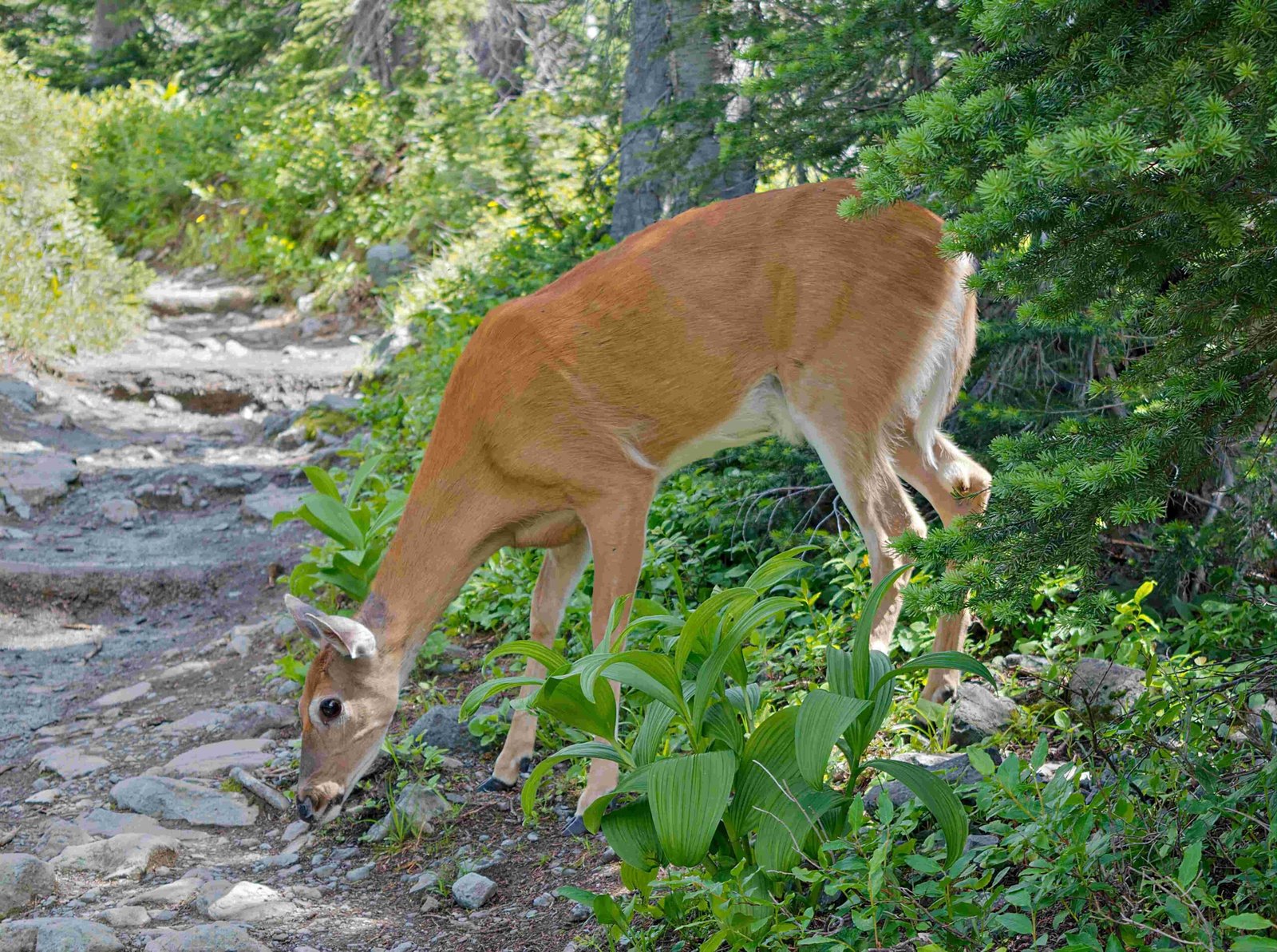Climbing on glaciers in Glacier National Park is permitted but comes with strict regulations and requirements. Climbers must be well-prepared, experienced, and adhere to park guidelines. While there’s no specific glacier climbing permit, climbers should register at visitor centers and contact park rangers for advice. The activity demands special skills and equipment, with climbers advised to seek guidance from the Rogers Pass Discovery Centre for route information and current conditions.
What Are the Regulations for Glacier Climbing in Glacier National Park?

Glacier National Park allows climbing on its glaciers, but with stringent rules in place:
- No specific glacier climbing permit is required
- Climbers must follow general park regulations
- Voluntary registration at visitor centers is recommended
- Contacting park rangers for advice is encouraged
- Special skills and equipment are necessary
The park emphasizes safety and preparation, given the hazardous nature of glacier terrain. Climbers are expected to be self-reliant and well-versed in glacier travel techniques.
How Accessible Are the Glaciers for Climbing?

Accessibility to glaciers in Glacier National Park varies:
- Most glaciers require strenuous hikes to reach
- Some may necessitate technical climbing skills
- Accessibility is often seasonal, with summer offering the best conditions
- Certain areas may be restricted due to wildlife or conservation efforts
It’s crucial to check with park officials about current accessibility before planning a glacier climb.
What Are the Current Climbing Conditions in Glacier National Park?
Climbing conditions in Glacier National Park are dynamic and influenced by several factors:
| Factor | Impact on Climbing |
|---|---|
| Weather | Can change rapidly, affecting safety and visibility |
| Ice Stability | Varies seasonally, crucial for safe climbing |
| Snowpack | Affects crevasse visibility and avalanche risk |
| Temperature | Influences ice formation and melt rates |
Weather Patterns
- Sudden temperature changes are common
- Snowstorms can occur even in summer
- Visibility can be quickly reduced by fog or clouds
Ice Stability
- Snowbridges may conceal deep crevasses
- Ice conditions can vary greatly across short distances
- Melting patterns can create unstable ice formations
Seasonal Considerations
- Summer (Early July to Mid-September):
- Generally the best time for glacier climbing
- More stable weather conditions
-
Improved visibility of crevasses
-
Spring and Fall:
- Higher avalanche risk
- Unpredictable weather patterns
-
Potentially dangerous snow conditions
-
Winter:
- Extreme cold and short daylight hours
- High avalanche danger
- Limited accessibility to many areas
What Essential Safety Tips Should Glacier Climbers Follow?
Safety is paramount when climbing on glaciers in Glacier National Park. Here are crucial tips:
- Gear Recommendations:
- Map and compass or GPS
- Ice axe and crampons
- Rope and harness
- Helmet
- Layered clothing
- First aid kit
-
Bear spray
-
Risk Factors to Consider:
- Hypothermia
- Avalanches
- Crevasse falls
- Sudden weather changes
-
Wildlife encounters
-
Emergency Protocols:
- Know how to self-rescue from a crevasse
- Carry avalanche rescue equipment (beacon, probe, shovel)
- Understand “reach, throw, go” method for water emergencies
- Be familiar with bear safety procedures
Are There Guided Glacier Tours Available?
While specific details on guided glacier tours within Glacier National Park are limited, several options exist for those seeking expert guidance:
- Rogers Pass Discovery Centre:
- Provides information on routes and conditions
- Offers advice on applicable fees
-
Can suggest local guide services
-
Local Mountaineering Organizations:
- May offer guided trips or courses
-
Provide valuable local knowledge and expertise
-
Private Guide Services:
- Offer personalized climbing experiences
- Typically include equipment and safety training
When considering a guided tour:
- Check guide qualifications and certifications
- Inquire about group sizes and guide-to-client ratios
- Understand what equipment is provided versus what you need to bring
- Ask about the specific itinerary and difficulty level
What Should Climbers Know About Glacier National Park’s Unique Environment?
Glacier National Park’s ecosystem is fragile and requires special consideration from climbers:
- Leave No Trace Principles:
- Pack out all waste
- Stay on designated routes when possible
-
Minimize impact on vegetation and wildlife
-
Wildlife Awareness:
- Be alert for bears and mountain lions
- Store food properly to avoid attracting animals
-
Understand and respect wildlife behavior
-
Climate Change Impact:
- Glaciers are receding rapidly
- Climbing conditions may change from year to year
-
Some routes may become more challenging or dangerous over time
-
Cultural Significance:
- Respect areas of cultural importance to indigenous peoples
- Be aware of any restricted areas or sacred sites
How Can Climbers Prepare for Glacier National Park’s Unique Challenges?
Preparation is key for a safe and successful glacier climbing experience:
- Physical Conditioning:
- Build endurance through hiking and cardio exercises
- Practice with a weighted pack
-
Train for high-altitude conditions if possible
-
Skill Development:
- Take a glacier travel course
- Practice crevasse rescue techniques
-
Become proficient in ice axe and crampon use
-
Mental Preparation:
- Understand the risks involved
- Be prepared to turn back if conditions are unfavorable
-
Develop strong decision-making skills
-
Trip Planning:
- Research routes thoroughly
- Check recent trip reports and conditions
- Plan for various weather scenarios
By following these guidelines and respecting the park’s regulations, climbers can safely experience the awe-inspiring glaciers of Glacier National Park while preserving this unique environment for future generations.